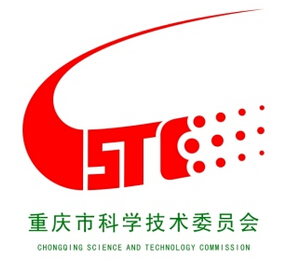|
In recent years, as the electric vehicle industry has continued to grow, China's electric vehicle infrastructure development has well experienced its share of challenges. During the 2009 debut of electric vehicle (EVs) in China, the government introduced policy for new public services and subsidies for individual buyers. Companies including State Grid Corp of China and China Southern Power Grid launched a wave of massive but seemingly unchecked projects to build charging stations in provinces and cities across the country. In 2012, due to the slower-than-expected emergence of the EV market, the major power companies began to slow the pace of their investment and construction. In 2013, the government shifted its strategy toward more meticulous planning for infrastructure investment, proposing the principle of "developing a reasonable overcapacity." State Grid Corp of China, the main force behind China's EV infrastructure development, began to adjust its operating strategy, from maintaining a dominant presence in the market to encouraging car companies and other investors to participate in the construction of charging stations. Nonetheless, over the past five years, the supporting infrastructure has remained insufficient, hampering the development of China's EVs.
“All research seems to suggest that the availability of the right type of charging infrastructure, in the right places is fundamental to people accepting electric vehicles.” The Institution of Engineering and Technology member Denis Naberezhnykh said, “The most important suggestion I can offer, based on the work we have done in the UK on charging infrastructure deployment strategies and policies, is that it is absolutely crucial to have a robust understanding of where the charging infrastructure is required and what type of charging infrastructure should be deployed in different locations. Understanding where there is a need geographically, but also in terms of which locations or premises should offer charging, and what is the power output and type of connector of the charging infrastructure is absolutely key to maximizing the value of the investment in the infrastructure, ensuring it is highly utilized and most importantly that it fulfills its role in enabling the desired use of electric vehicles.”
“Think carefully about which vehicles you want to encourage people or businesses to use. Depending on the vehicle technology, different types of charging infrastructure may be more or less suitable. Think carefully about locations for charging infrastructure. A bigger impact can be achieved by placing less charging infrastructure but of the correct type and in the correct locations. Consider different transport modes independently in order to ensure that charging infrastructure is suitable to the type of vehicles it is intended for and is in an appropriate location. Besides, users need to have access to reliable, easily accessible information on all charging infrastructure available to them from a single portal. At the very least, they should have a map with all chargers available to them, detailing their exact location, type and means of payment.” Denis said, “In our experience, many businesses are happy to invest into EVs and chargers if they are convinced there is a financial benefit to them. However, often a risk of uncertainty and fear of new technology always exists, therefore, working with local business by providing some financial support to de-risk purchasing of EVs and charging infrastructure can be a very good approach.” Denis Naberezhnykh is the head of low carbon vehicle and ITS technology at Transportation Research Laboratory (TRL). He is specializing in EV charging infrastructure (including wireless charging). Denis has an extensive network of contacts in the low carbon vehicle field through his participation in the EU Smart Cities Stakeholder platform, ITS (UK) EV Infrastructure working group and numerous multi-partner, UK and international projects. Denis is primarily working on technical projects in the area of GNSS, road pricing and low carbon transport. He will attend IET International Hybrid and Electric Vehicle Conference 2014 in Chongqing in October as a speaker and share with the audience cutting-edge technology and applications on this field. |








